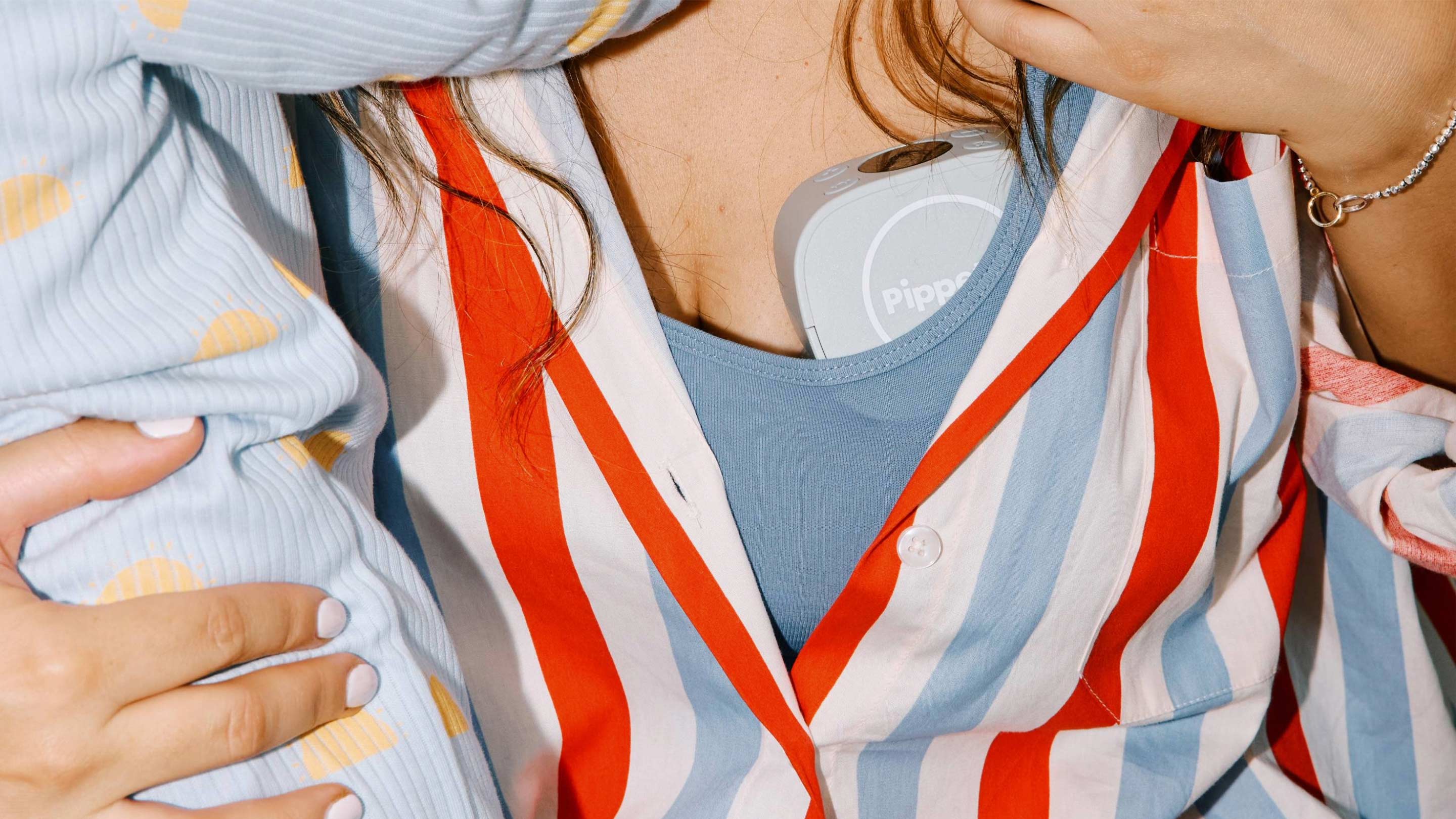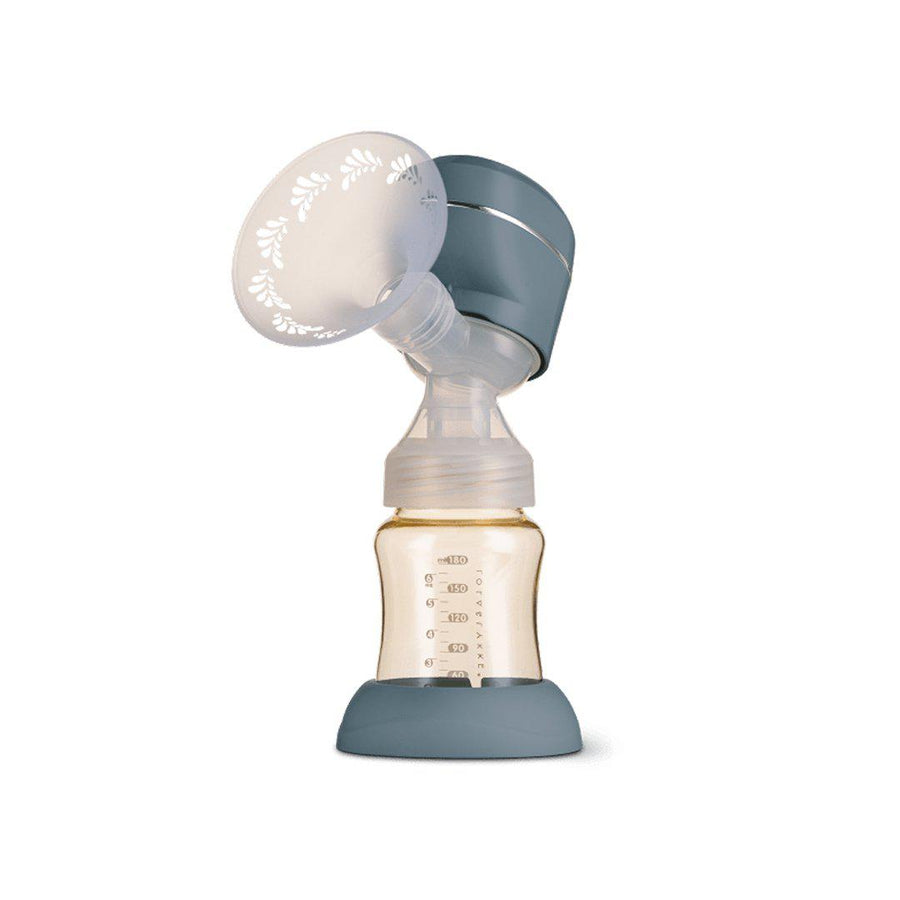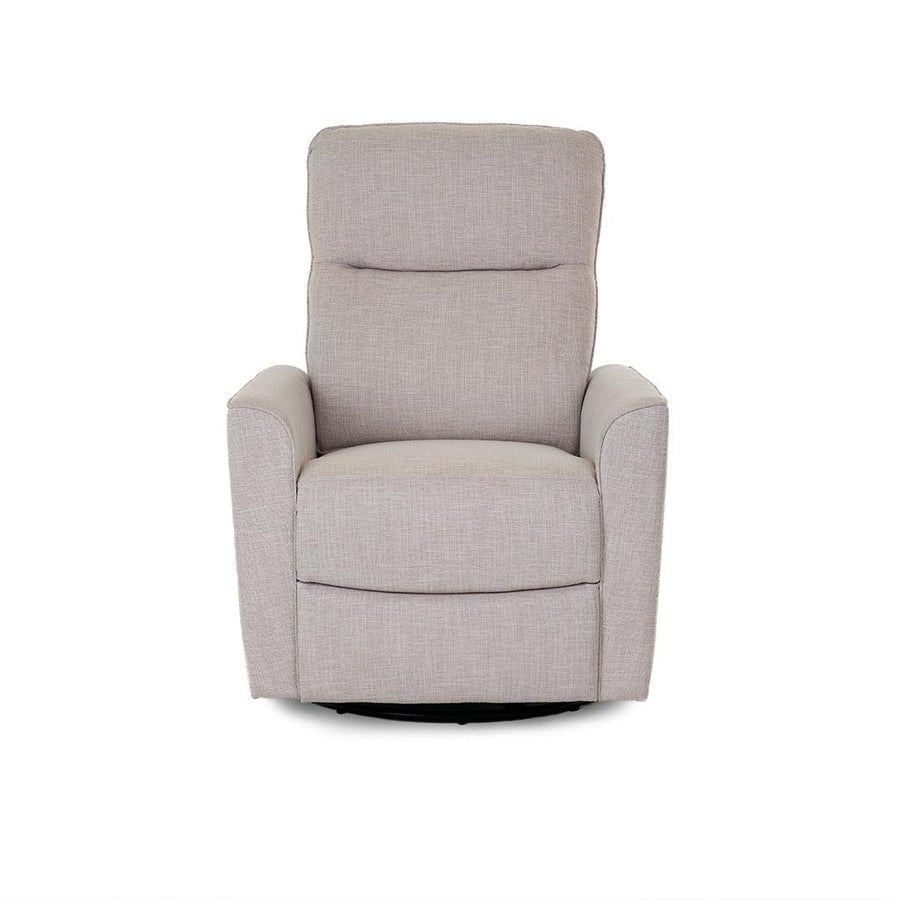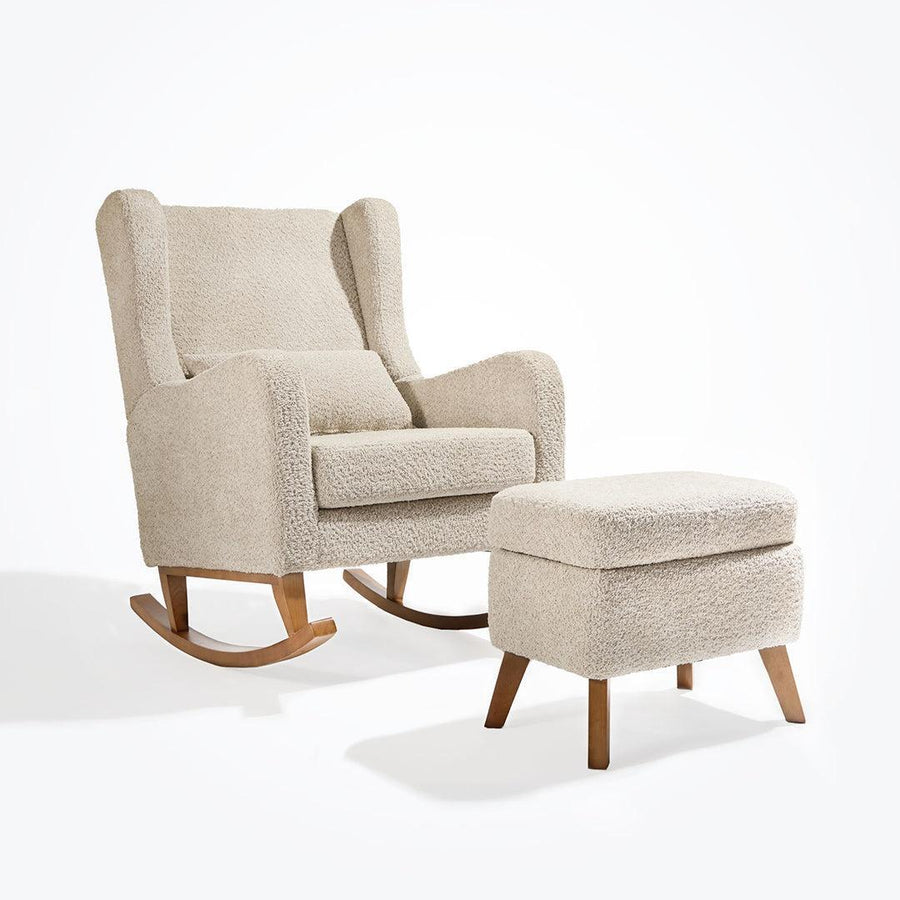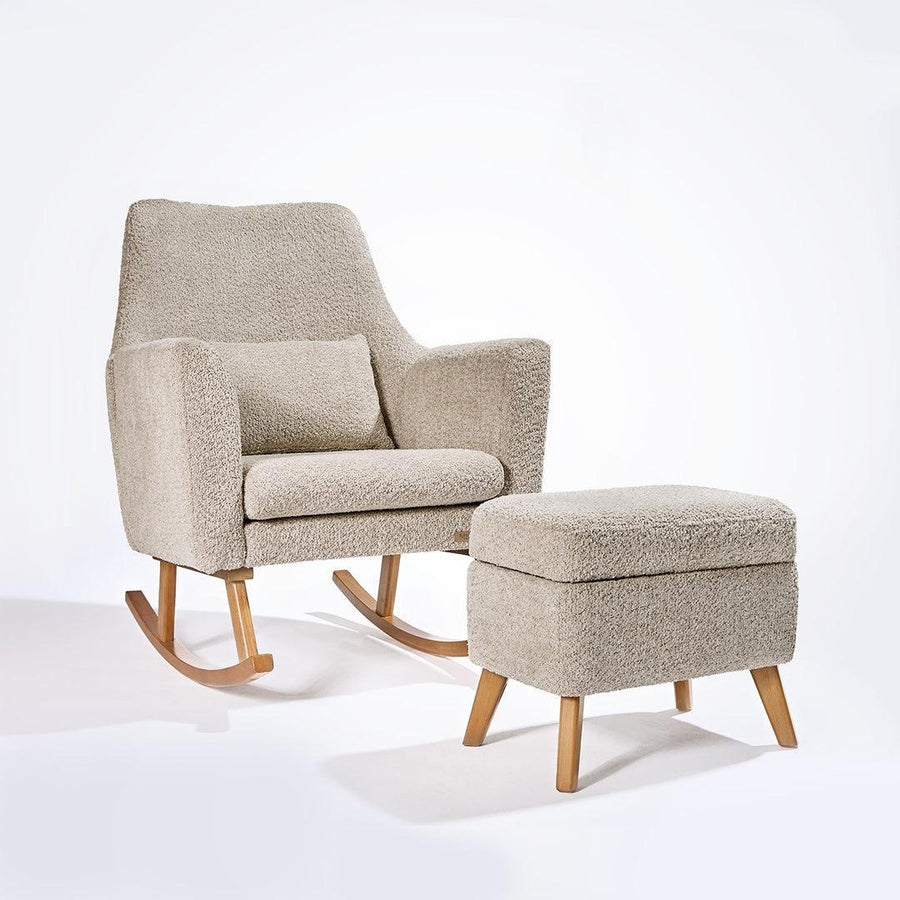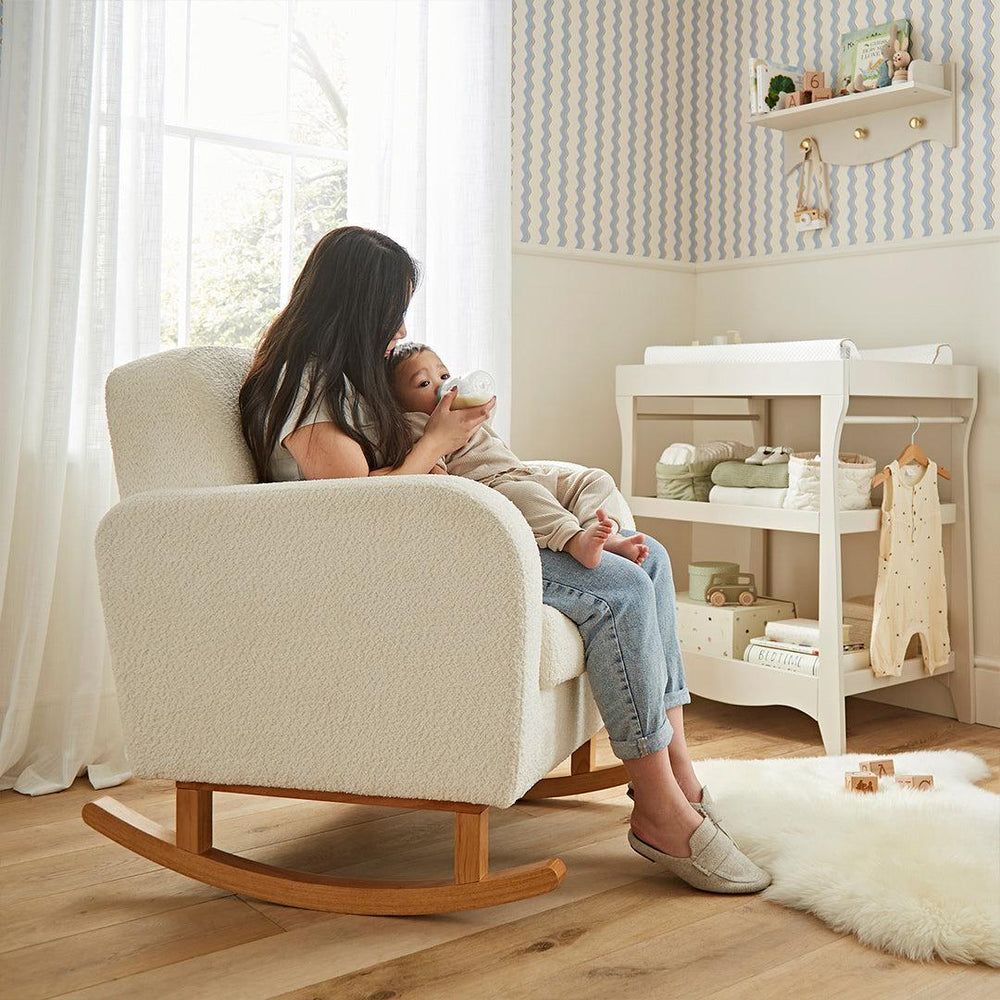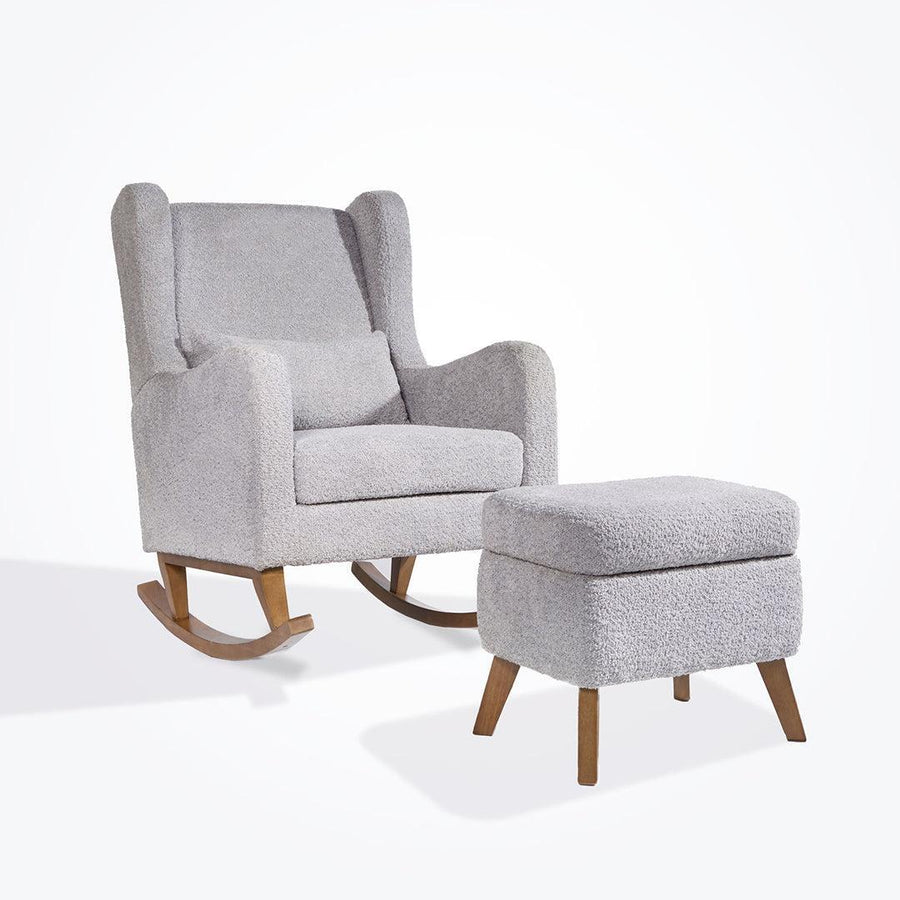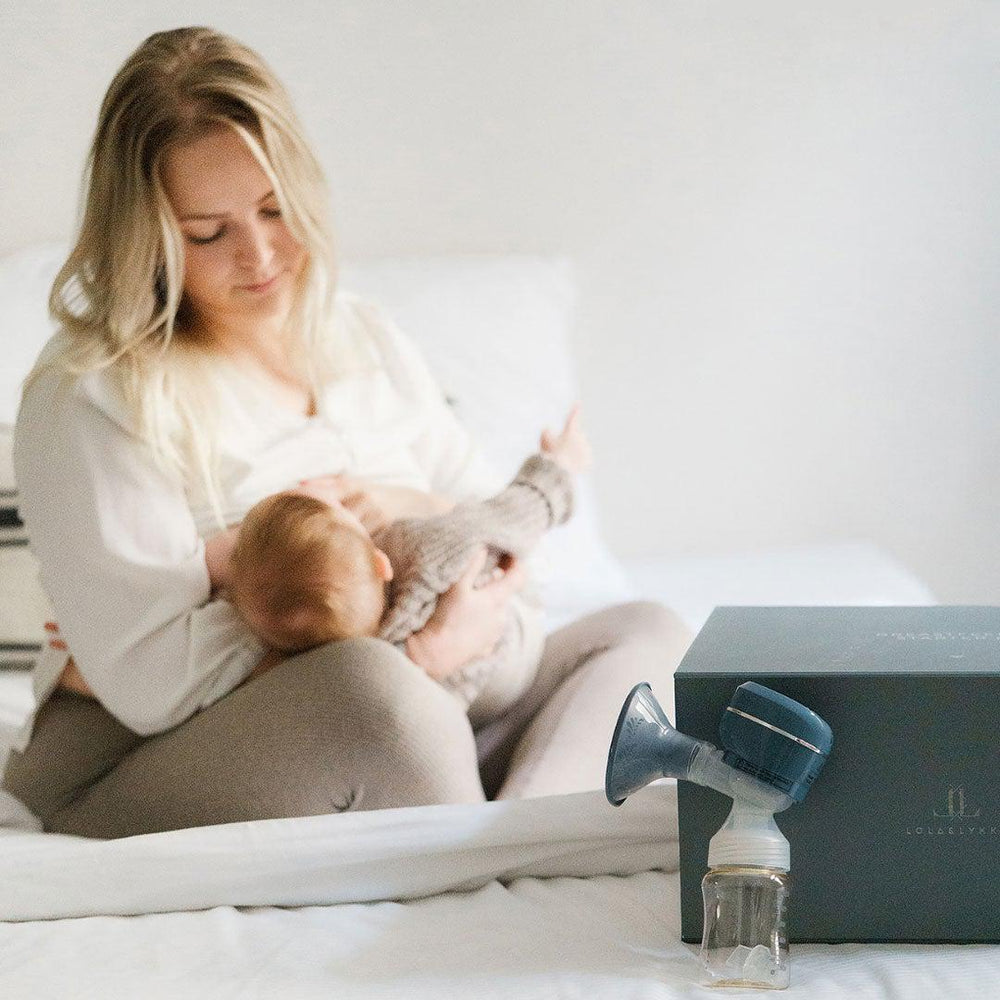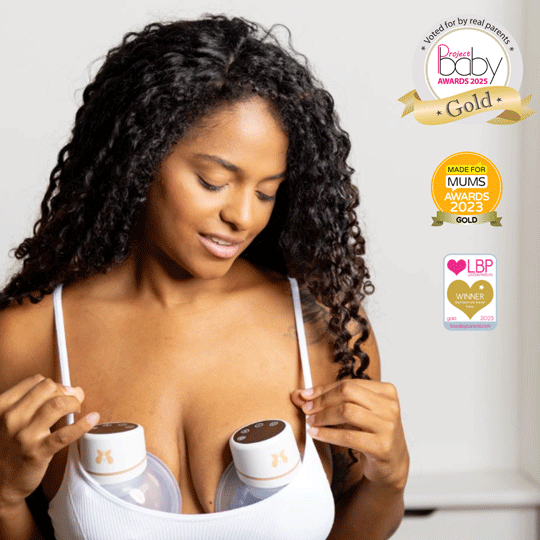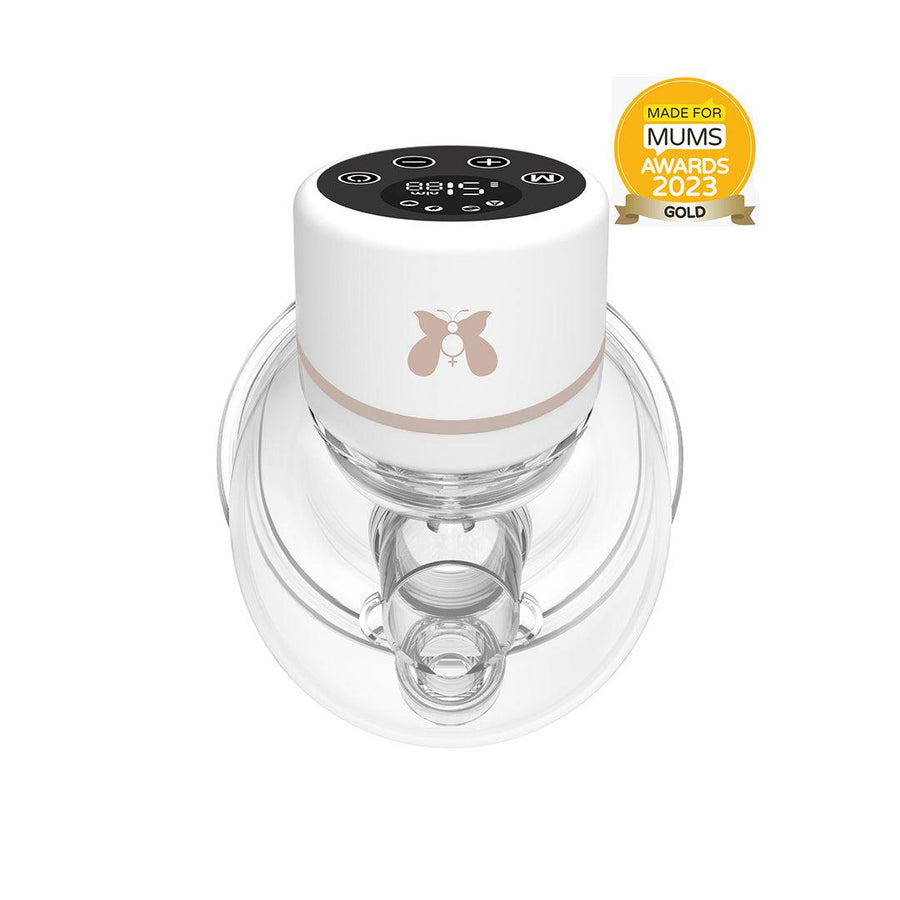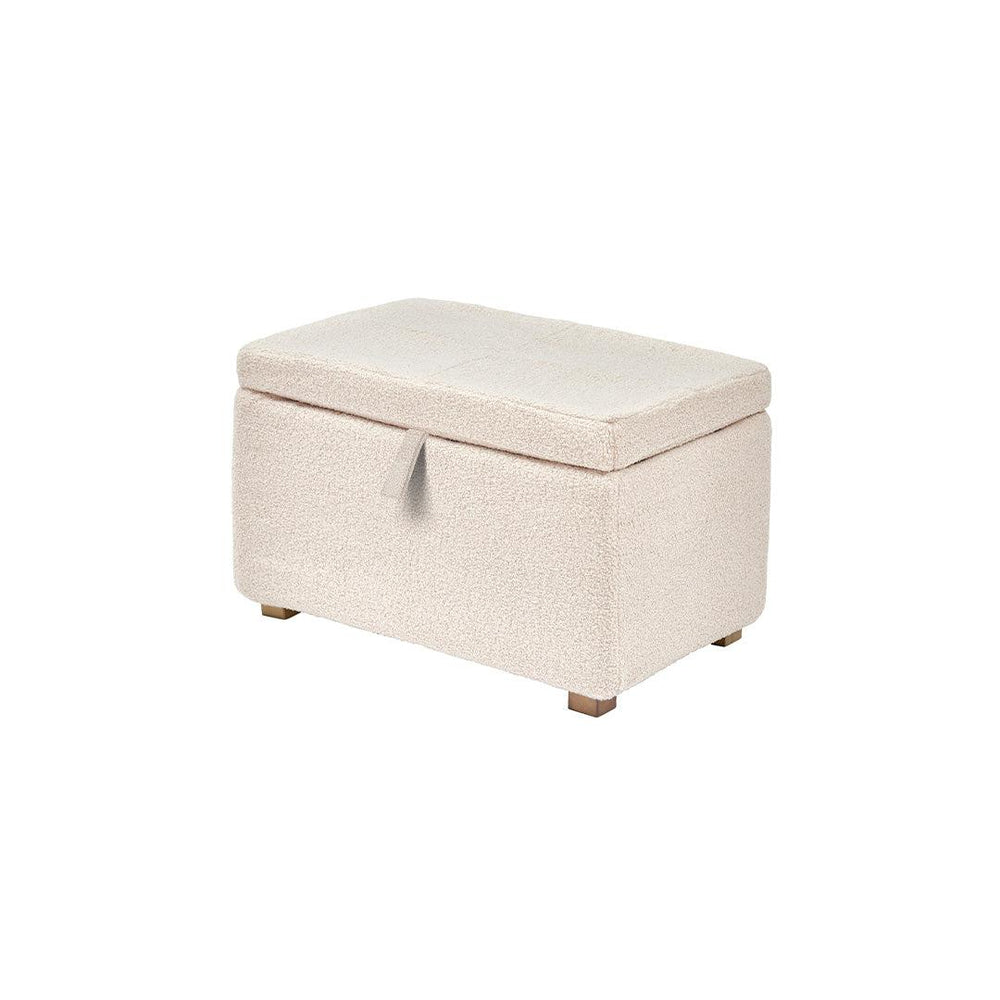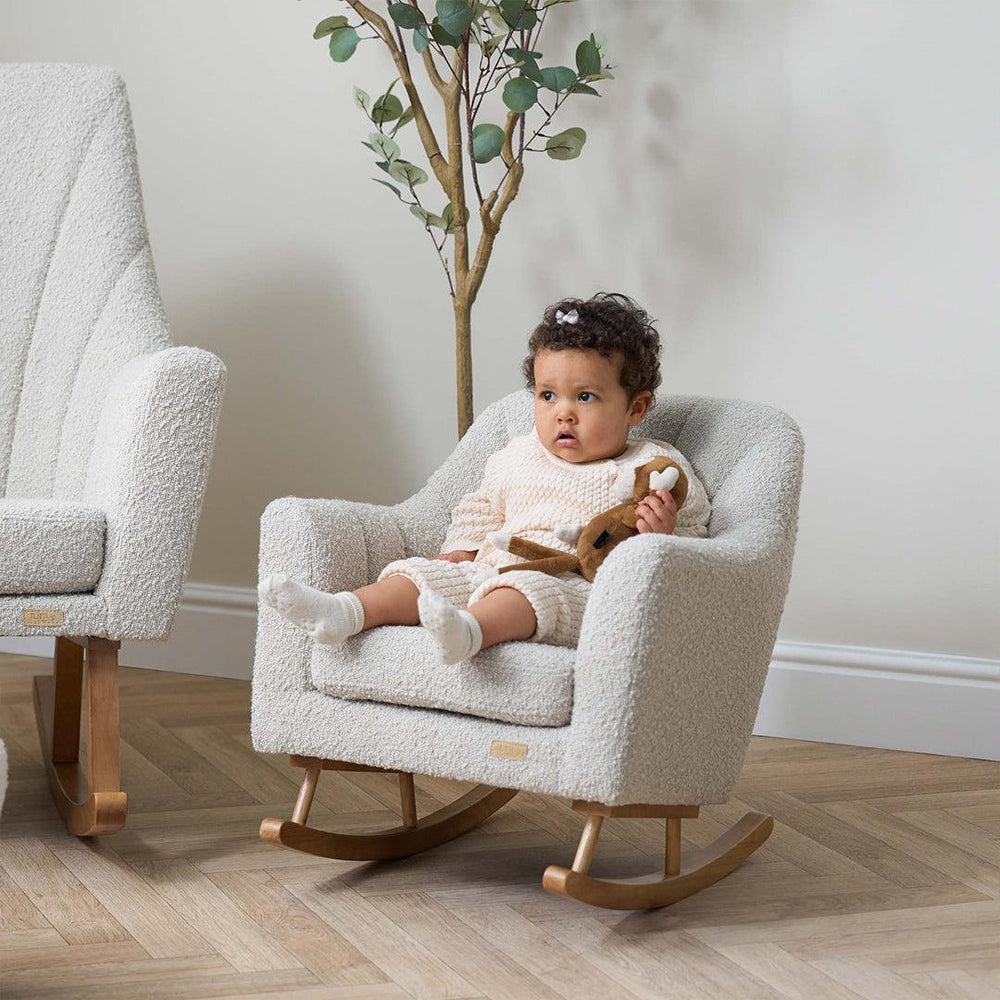Cyber Week NOW ON | Up to 40% off
Cyber Week NOW ON | Up to 40% off
Our 2025 Christmas Gift Predictions | Explore now
Our 2025 Christmas Gift Predictions | Explore now
Free delivery over £75 | Extended Christmas returns
Free delivery over £75 | Extended Christmas returns
- Christmas
-
New & Inspiring
Autumn Winter Clothing Autumn Winter Footwear Autumn Winter Accessories Footmuffs | Seat Liners Stroller Mittens Winter Sleeping Bags -
Travel
Backpacks Totes | Hospital Bags Organisers | Stroller Bags Travel Changing Mats Changing Bag AccessoriesStokke YOYO³ Joolz Aer 2 Bugaboo Butterfly 2 iCandy Pip CYBEX Coya Ergobaby Metro 3 Silver Cross Clic 2 -
Pregnancy
Pregnancy Pillows | Aids Pregnancy Supplements Maternity Support Wear Maternity Underwear Mama Skincare Postpartum AccessoriesBreast Pumps | Accessories Breastfeeding Supplements Nursing Pillows Nursing Tops | Covers Bras | Breast Pads Feeding Chairs | Footstools -
Toys
Play Mats | Gyms Rattles | Teethers Pram Toys Soft Books Tummy Time Toys Baby Sensory Comforters Soft ToysSorting | Stacking Toys Pull | Push | Ride On Toys Bath Toys Soft Toys Musical Toys | Instruments Children's Furniture Building | Construction Trains | Vehicles Wooden Toys -
Brands
PonyCycle Bababing Cuddle + Kind Momcozy Cushy Puff Little Hoppa Baby Brezza Dooky Play & Go Purebaby FOLDiMATS Jollein All Brandsaden + anais Avery Row Axkid Babiators BabyBjörn Baby Brezza Babymoov Baby Jogger Badabulle bbhugme BellaMoon BeSafe BIBS BINIBAMBA Bobux Britax Römer Bugaboo All Brands A-BCarriwell Charlie Crane Childs Farm CuddleCo CYBEX DockATot Done by Deer Doomoo Elodie Details Elvie EMU Australia Ergobaby ergoPouch Etta Loves Finnson Fraupow FRIGG All Brands C-FGlobber HALO Heitmann iCandy Joie Jollein Joolz KAOS Kite Lansinoh Lassig LeapFrog Liewood Little Bird Told Me Little Dutch Little Hoppa Lola&Lykke Love To Dream All Brands G-LMama Shack Maxi-Cosi Merino Kids Micro Scooters MiniMeis MORI Mountain Buggy Mushie Nanit Naturally Sheepskins Nuna Obaby Olli Ella Organic Zoo Owlet All Brands M-O
Your cart is currently empty.
- Christmas

-





